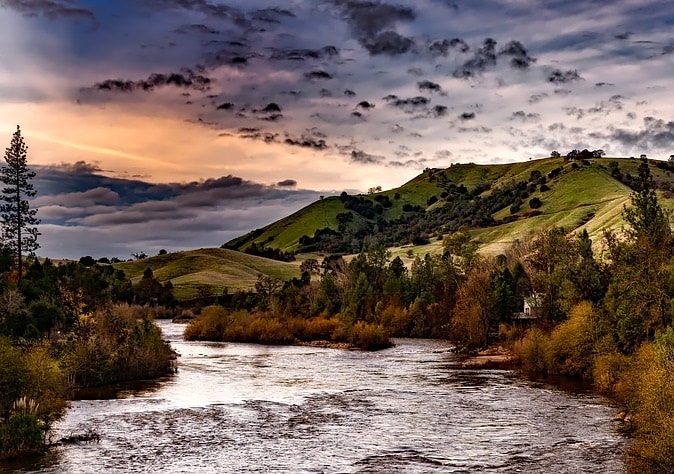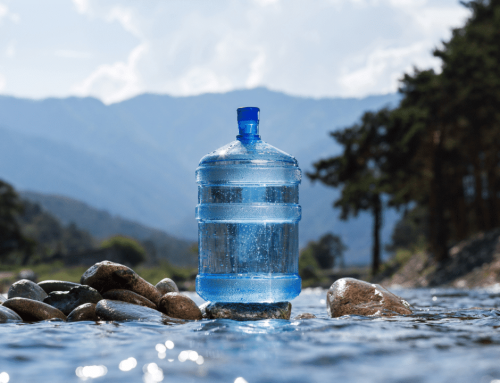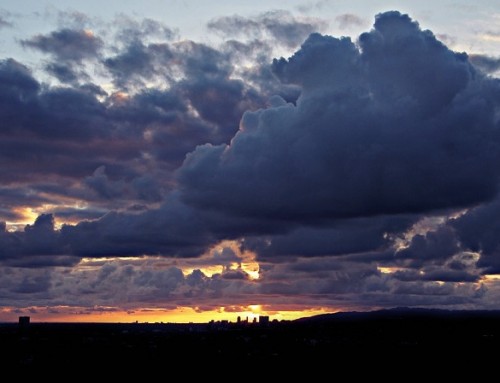As Spain once again finds itself in the grip of drought there are fears that the Tagus, the longest river in the Iberian Peninsula, may actually dry up completely.
The Tagus, known in Spanish as the Tajo and Portuguese as the Tejo, rises in Aragón in northern Spain, passes close to Madrid and forms part of the border with Portugal before flowing into the sea at Lisbon. The river is dammed at various points en route, 51 times in Spain alone.
According to Miguel Ãngel Sánchez, spokesman of the Platform in Defence of the Tagus, The river has collapsed through a combination of climate change, water transfer and the waste Madrid produces.
The river’s problems begin way before that, however, at the headwaters in Aragón – water has been siphoned off and diverted to the Segura River to irrigate farms in the arid southeast in what is known as the Tajo-Segura transfer since 1979.
Problems stem from the fact that there was a gross miscalculation as to the amount of available water and the fact that nobody calculated in Spain’s cyclical droughts either. This has led to where there is currently less than 48% of the predicted water resources, and water levels in the dams are a mere 11% which is too low to allow any transfers.
Nuria Hernández-Mora, a founding member of the Foundation for a New Water Culture says: All of these problems derive from designing a water transfer from the headwaters of a river, overestimating the available resources and joining two areas with similar climate cycles. The transfer has served to create social and political conflict and turn the Tagus into one of the rivers in the worst ecological state in the peninsula.
A newly passed law allows the transfer of water as soon as there is a surplus, which means that it is impossible to store water to cope with droughts, even though this flies in the face of the European water directive.
Other problems include the fact that the remaining 35% that is not siphoned off is used to supply Madrid’s 6 million inhabitants; water from the Tagus is also used to cool nuclear reactors, and inadequately treated waste water is dumped back into the river further downstream.
Hire water coolers and purchase water coolers from Living-Water.






